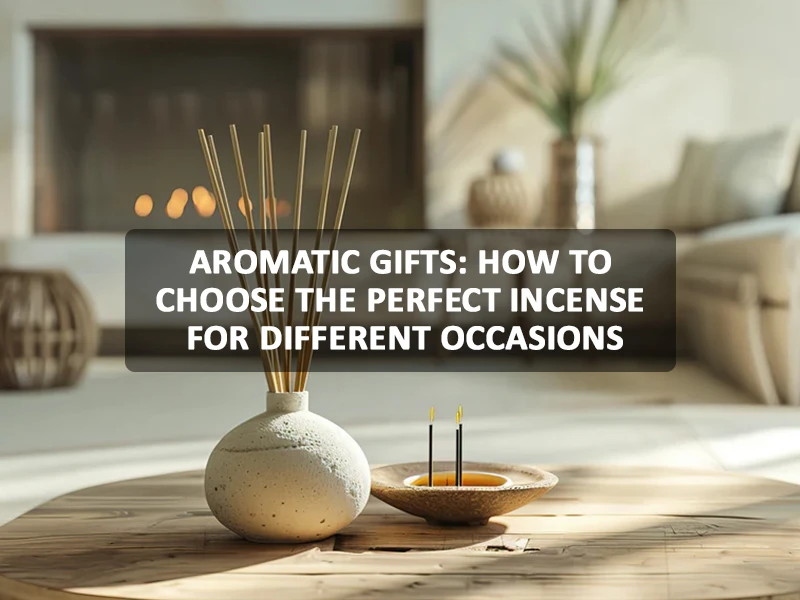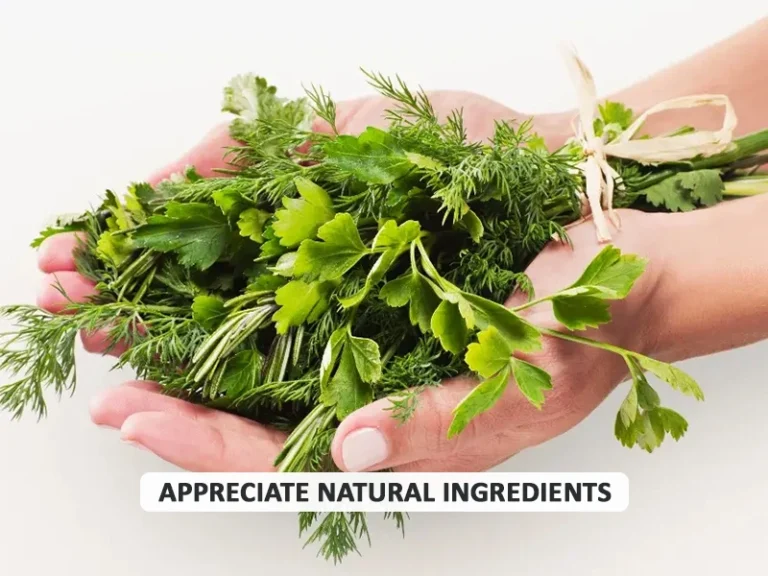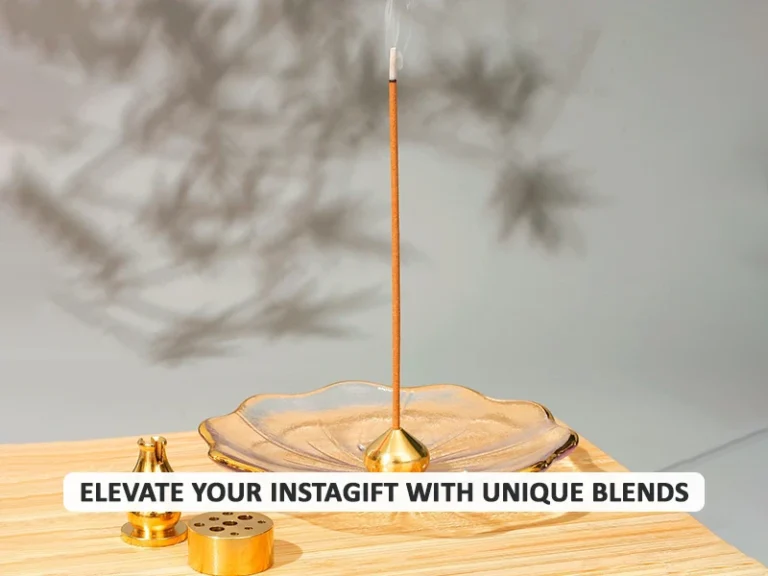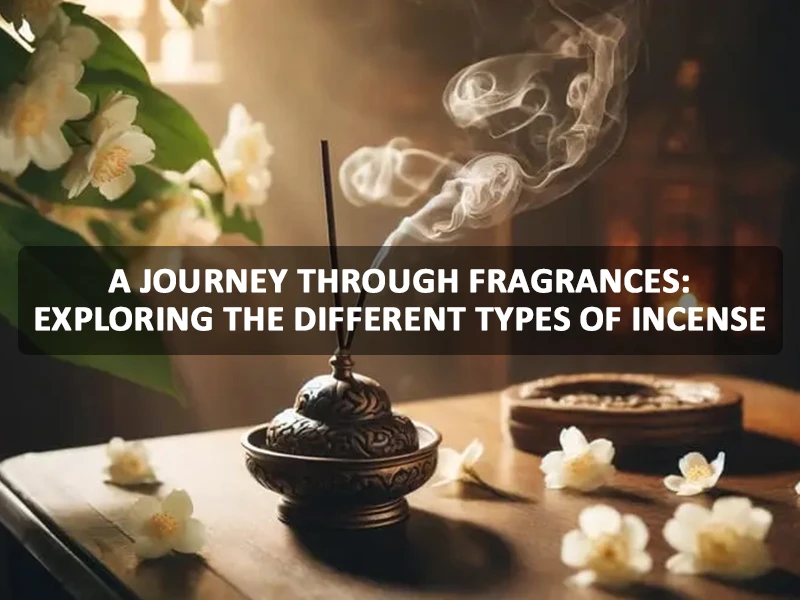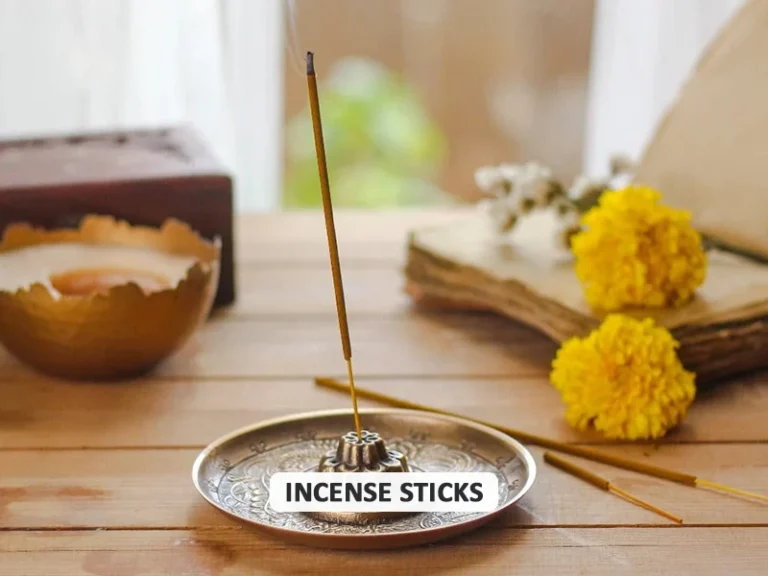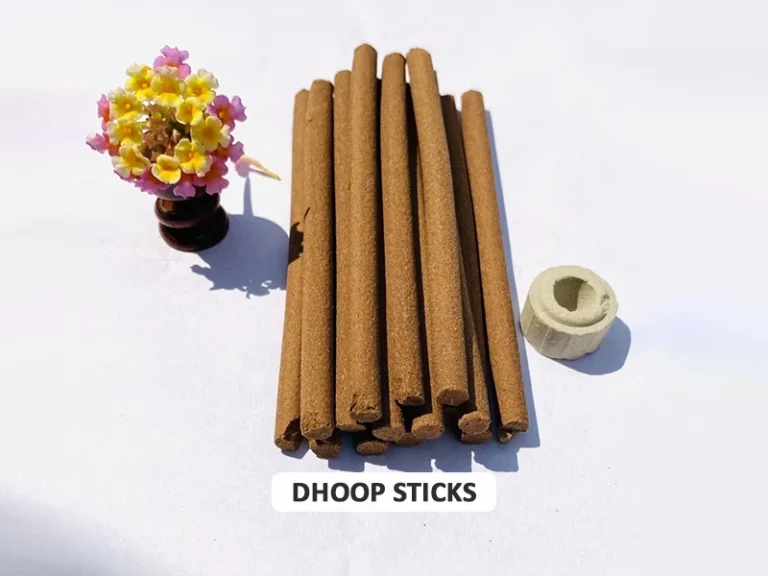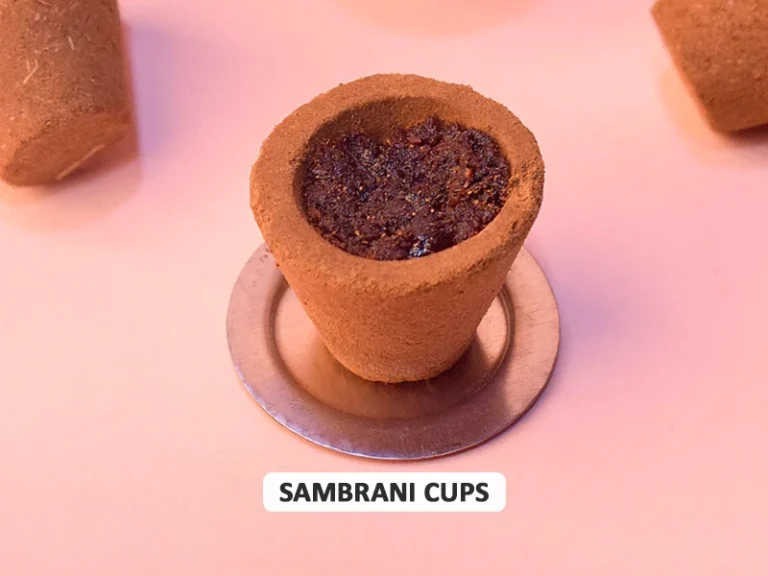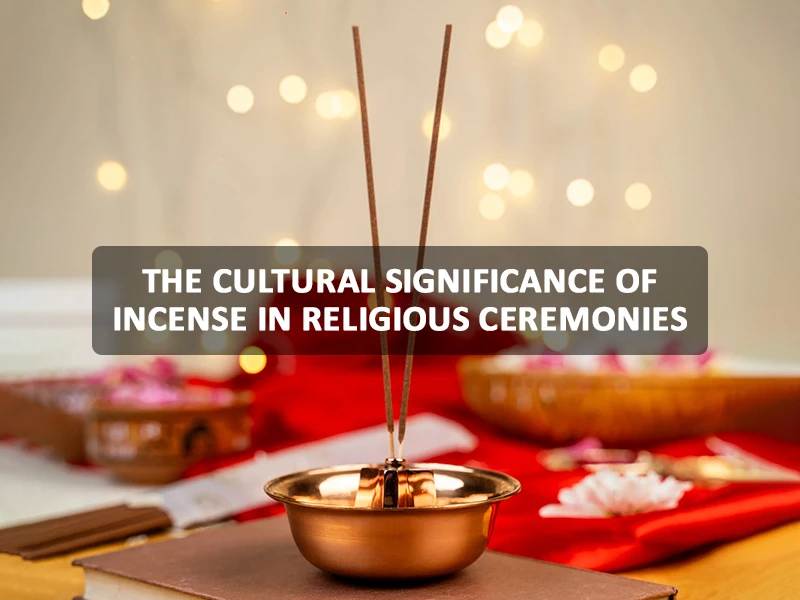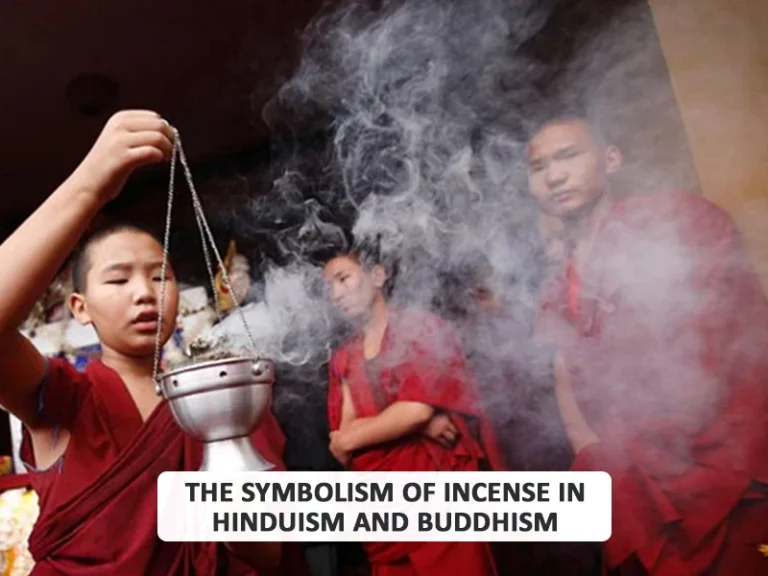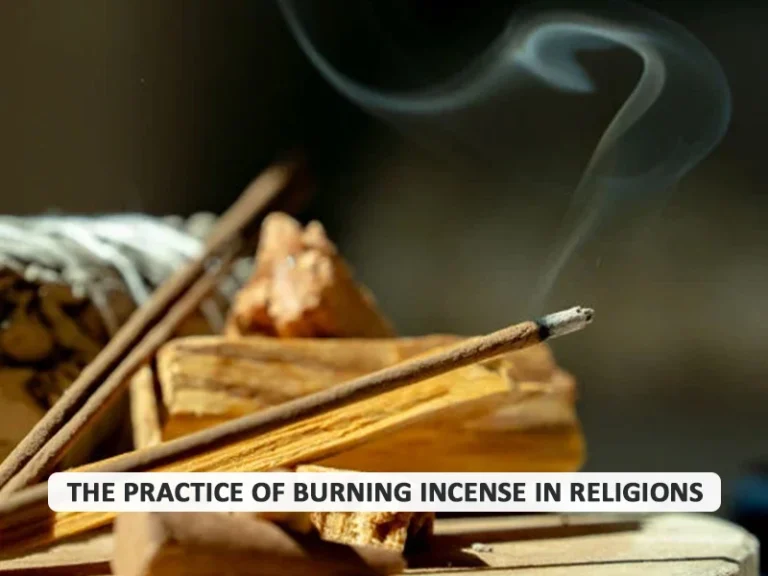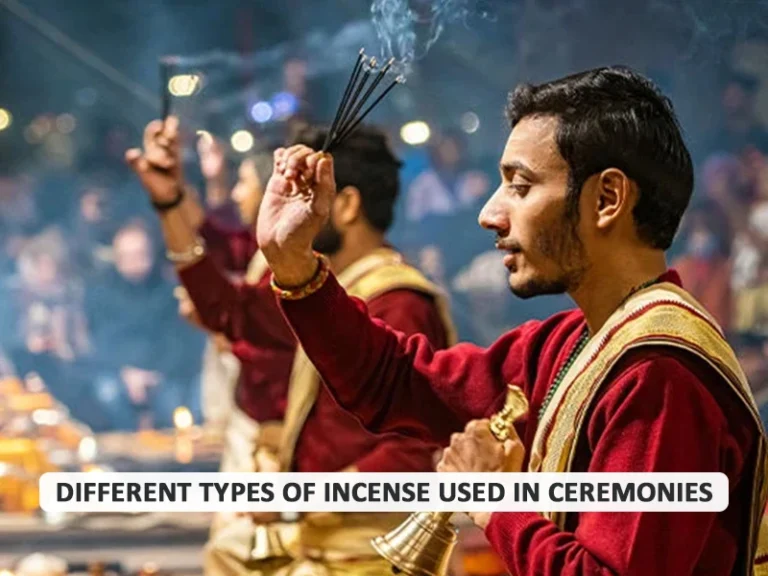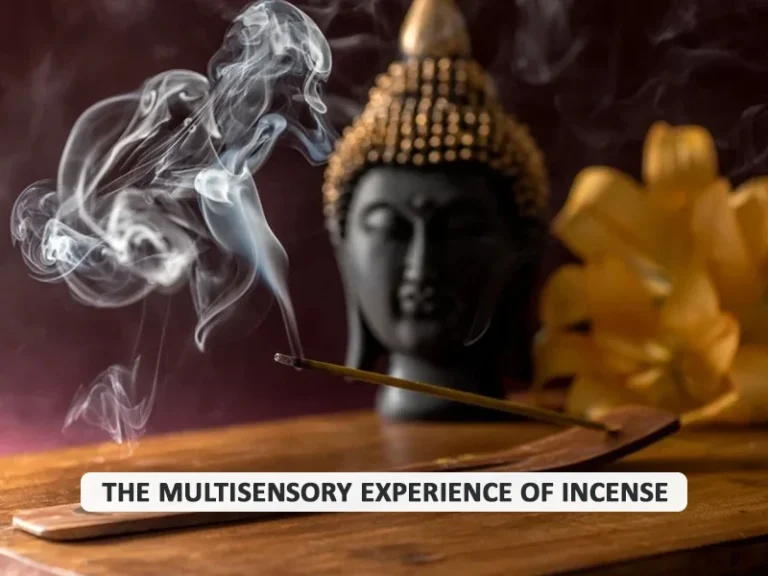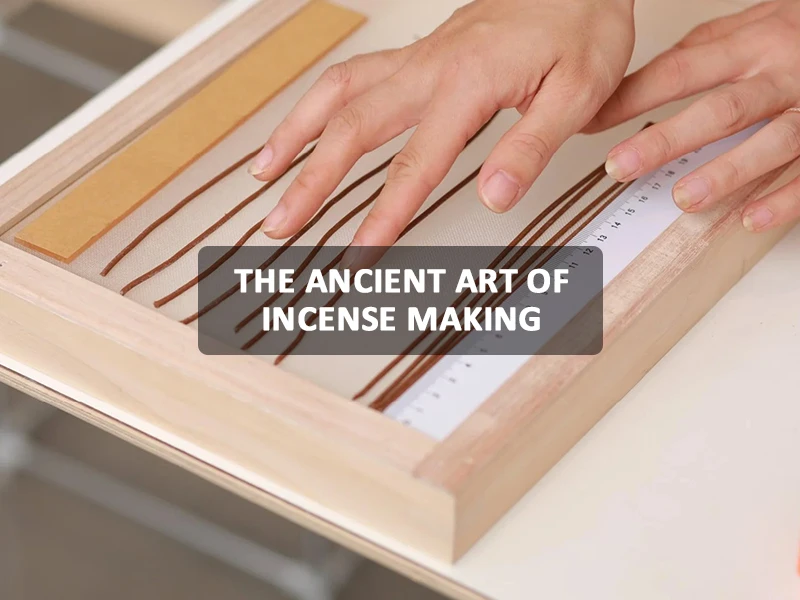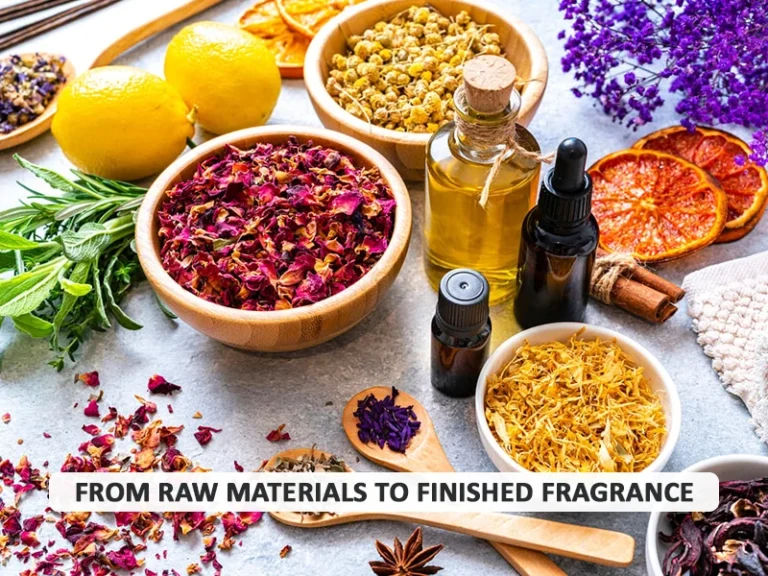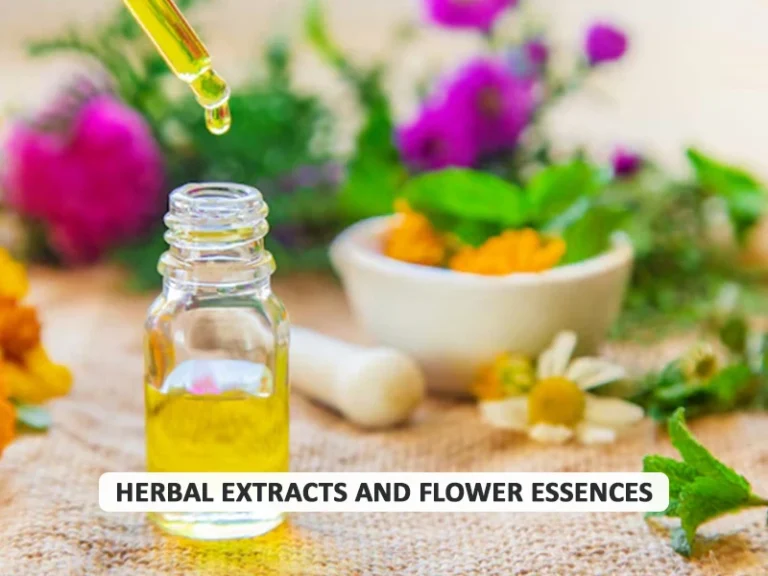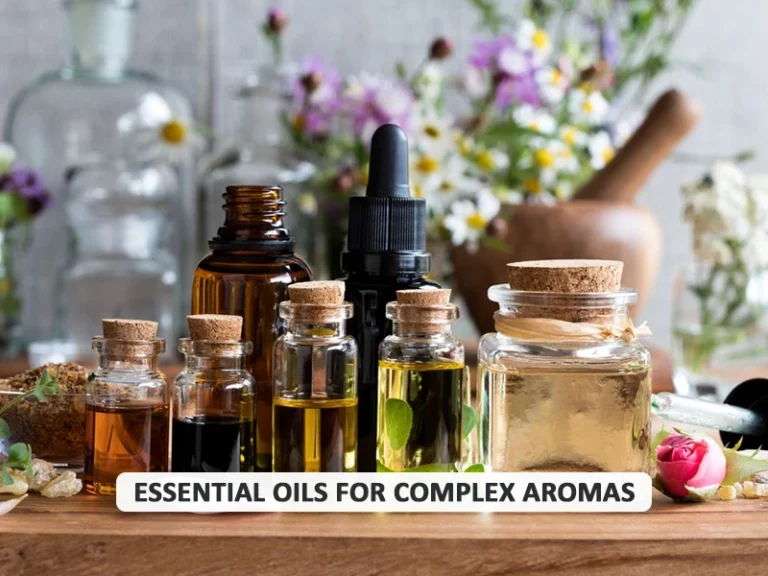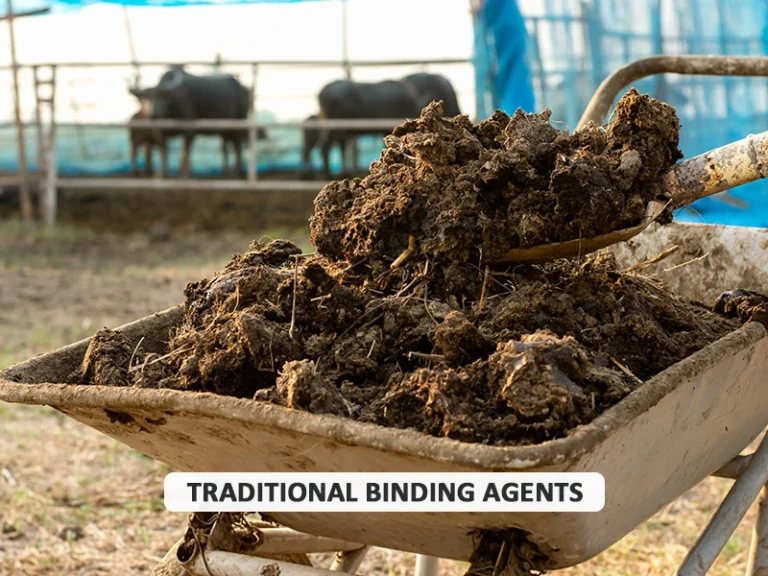Enhancing Productivity and Focus with Incense in Your Workspace
Burning incense clears the mind and soothes the soul.”
Welcome friends! Today we wanted to share with you an unusual but effective way people are enhancing their productivity at and focus in the workspace,
Well, any guess? Dont sweat it, it’s burning chemical-free incense.
There are many Health benefits to natural incense burning. Please stick with us before dismissing this as hippie nonsense. If you are initially skeptical, you need to read this blog, give it time, and then prepare to be blown away by the results.
Burning particular scented incense can affect your mindset and ability to stay engaged in tasks. There are a few key reasons why burning incense may benefit your focus and flow, So, let’s start with the benefits of burning Eco-conscious incense at the workplace
Benefits of Burning Incense in the Workplace

Aromas Can Affect Your Mood
Studies have shown that certain scents like rose, Lavender, and Sandalwood have calming and stimulating properties. Diffusing these aromas can help one focus and clarify thoughts. We think Sandalwood is incredibly grounding when one struggles to concentrate.
Incense Clears Stagnant Energy
Whether you believe in energy fields or not, we can all agree that lingering odors or stale air aren’t conducive to sharp thinking. Burning incense naturally cleanses and refreshes the atmosphere. People notice relief in headaches and fogginess dissipate when they light a Chemical-free incense,
It’s a Mindful Ritual
Setting up incense, seeing the smoke rise, and paying attention to changing scents requires presence of mind. Taking a moment for this peaceful ritual helps me transition fully into “work mode.” It’s almost meditative.
Other than the benefits mentioned above, there are multitudinous advantages to using eco-conscious incense. Many times, people struggle to get premium quality, chemical-free incense. If you are one of those too, look no further and try Nira incense, you can find best chemical -free Incense Sticks in India.
Experiment to Find Your Focus Blend

Not all scents will mesh with your biochemistry. Guggal may energize one person while Lavender relaxes another. Burn different varieties to discover what gets your mental gears turning. Keep notes on what works best at various times of day, too.
We’d love to hear if any of you try burning Eco-conscious incense in your work or study spaces. What are your favorite scents for focus? Let’s support each other in small ways to boost our productivity. Now, if you are living in India, hop on to the next part of our blog. In India, the incense burning tradition has been an integral part for centuries. People here are mostly aware of the Health benefits of natural incense.
Now let’s look at how and where you can find best chemical -free Incense Sticks in India,
Sources for Quality Indian Incense

Not all scents will mesh with your biochemistry. Guggal may energize one person while Lavender relaxes another. Burn different varieties to discover what gets your mental gears turning. Keep notes on what works best at various times of day, too.
We’d love to hear if any of you try burning Eco-conscious incense in your work or study spaces. What are your favorite scents for focus? Let’s support each other in small ways to boost our productivity. Now, if you are living in India, hop on to the next part of our blog. In India, the incense burning tradition has been an integral part for centuries. People here are mostly aware of the Health benefits of natural incense.
Now let’s look at how and where you can find best chemical -free Incense Sticks in India,
Tips for Effective Burning

To fully reap the aromatherapy benefits, be mindful of how you burn your incense:
- Use a sturdy holder in a well-ventilated area. Don’t burn directly on surfaces.
- Light the stick from one end and allow it to burn down slowly for maximum potency.
- Burn for 10-15 mins, 1-2 times per session as needed. Please don’t overdo it.
Extinguish safely like a small bowl of sand when finished
Conclusion
We made it to the very end. Now, we are all at least a bit acquainted with the multiple Health benefits of natural incense, provided you burn on chemical-free incense even at the workplace.


